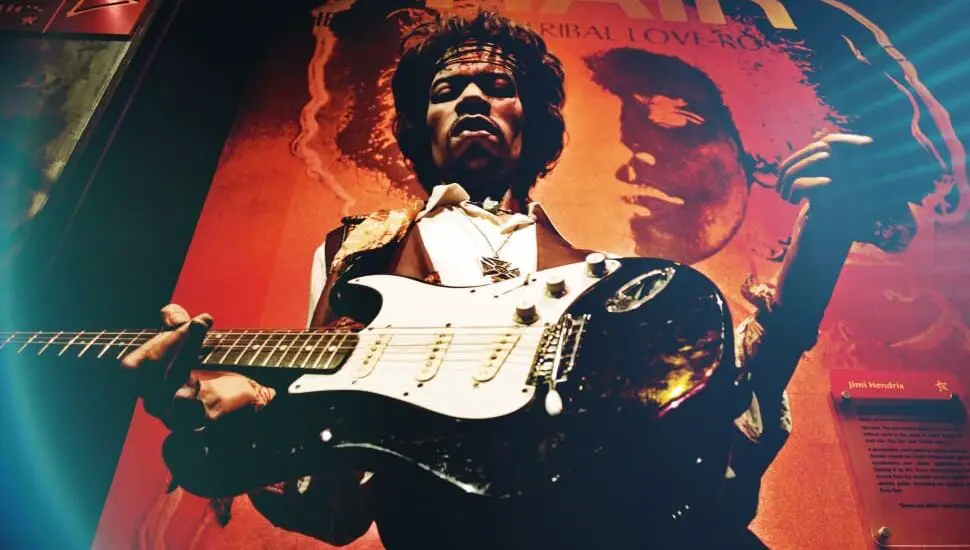If you’ve ever watched a live guitar performance, you’ve probably wondered “why do guitarists make faces while playing?”. In this article, we’ll delve into the psychology and practical reasons behind this common phenomenon.

Physical Effort and Concentration
One of the first things to consider is the physical effort that playing a guitar requires. Straining muscles to reach chords or to execute fast sequences naturally affects your facial muscles. To achieve the desired sound, you might unconsciously tense up, resulting in a unique “guitar face.”
Emotional Connection to the Music
Another explanation for why guitarists make faces lies in the emotional connection they have with the music. As they get lost in the sounds they’re creating, their faces can express the emotional highs and lows of the composition, serving as an additional channel of communication with the audience.
Read more guitar topics here – Guitar Questions: Get the Right Answers to Your Burning Questions
The Influence of Famous Guitarists
The iconic guitar faces made by legends like Jimi Hendrix and Stevie Ray Vaughan have also set a precedent. Aspiring musicians often mimic the masters, and this includes not just their playing style but also their expressive faces.
Is It a Distraction or an Addition?
Whether you find guitar faces to be distracting or enhancing is a matter of personal taste. What is undeniable is that it adds another layer to the performance, making each show unique in its own way.
Why Do Guitarists Make Faces?: Conclusion
Understanding why guitarists make faces can enrich your experience as a listener or even as a performer. The physical demands, emotional connection, and cultural influences all contribute to this fascinating aspect of live music performances.
